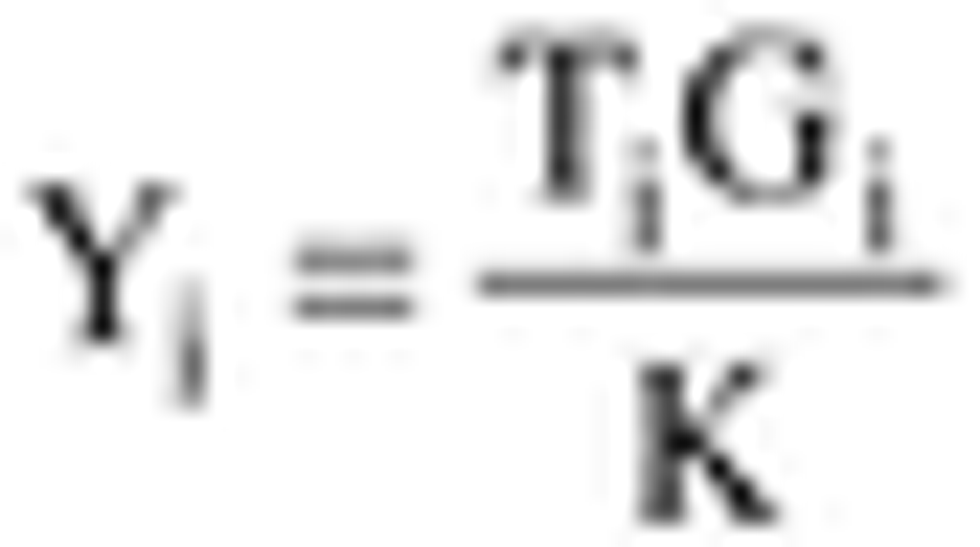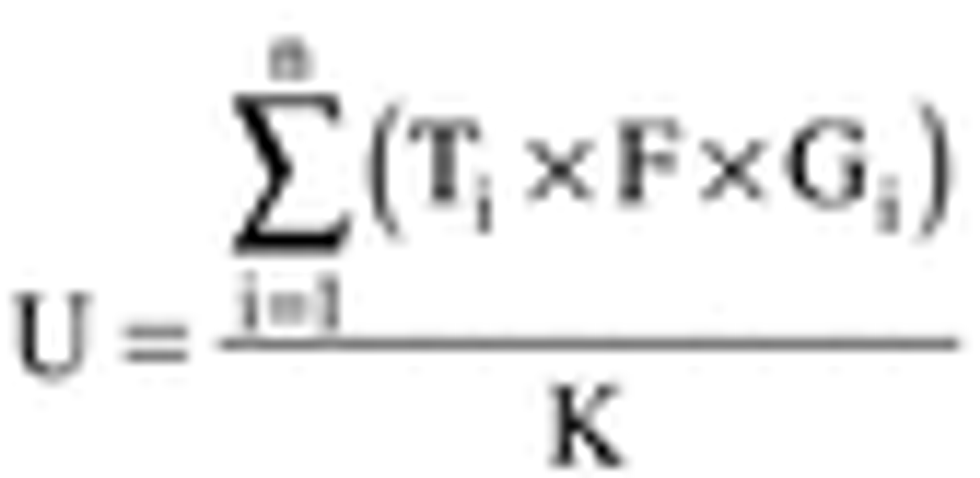...
(a) To demonstrate compliance with §61.162, the owner or operator shall conduct emission tests, reduce test data, and follow the procedures specified in this section unless the Administrator:
(1) Specifies or approves, in specific cases, the use of a reference method with minor changes in methodology;
(2) Approves the use of an equivalent method;
(3) Approves the use of an alternative method the results of which he has determined to be adequate for indicating whether a specific source is in compliance; or
(4) Waives the requirement for emission tests as provided under §61.13.
(b) Unless a waiver of emission testing is obtained, the owner or operator shall conduct emission tests required by this section:
(1) No later than 90 days after the effective date of this subpart for a source that has an initial startup date preceding the effective date; or
(2) No later than 90 days after startup for a source that has an initial startup date after the effective date.
(3) At such other times as may be required by the Administrator under section 114 of the Act.
(4) While the source is operating under such conditions as the Administrator may specify, based on representative performance of the source.
(c) To demonstrate compliance with §61.162(a)(1) when less than 8.0 Mg (8.8 ton) per year of elemental arsenic is added to any existing glass melting furnace, or to demonstrate compliance with §61.162(b)(1) when less than 1.0 Mg (1.1 ton) per year of elemental arsenic is added to any new or modified glass melting furnace, an owner or operator shall:
(1) Derive a theoretical uncontrolled arsenic emission factor (T), based on material balance calculations for each arsenic-containing glass type (i) produced during the 12-month period, as follows:

Where:
Ti = The theoretical uncontrolled arsenic emission factor for each glass type (i), g/kg (lb/ton).
Abi = Fraction by weight of elemental arsenic in the fresh batch for each glass type (I).
Wbi = Weight of fresh batch melted per unit weight of glass produced for each glass type (i), g/kg (lb/ton).
Aci = Fraction by weight of elemental arsenic in cullet for each glass type (i).
Wci = Weight of cullet melted per unit weight of glass produced for each glass type (i), g/kg (lb/ton).
Bgi = Weight of elemental arsenic per unit weight of glass produced for each glass type (i), g/kg (lb/ton).
(2) Estimate theoretical uncontrolled arsenic emissions for the 12-month period for each arsenic-containing glass type as follows:

Where:
Yi = Theoretical uncontrolled arsenic emission estimate for the 12-month period for each glass type, Mg/year (ton/year).
Ti = Theoretical uncontrolled arsenic emission factor for each type of glass (i) produced during the 12-month period as calculated in paragraph (c)(1) of this section, g/kg (lb/ton).
Gi = Quantity of each arsenic-containing glass type (i) produced during the 12-month period, kg/yr (ton/yr).
K = conversion factor for unit consistency, 10 6 g/Mg (2,000 lb/ton).
(3) Estimate the total theoretical uncontrolled arsenic emissions for the 12-month period by finding the sum of the values calculated for Yi in paragraph (c)(2) of this section.
(4) If the value determined in paragraph (c)(3) of this section is equal to or greater than the applicable limit in §61.162(a)(1) or (b)(1), conduct the emission testing and calculations described in paragraphs (d)(1) through (d)(5) of this section. If the value is less than the applicable limit, the source is in compliance and no emission testing or additional calculations are required.
(d) To demonstrate compliance with §61.162(a)(1) when 8.0 Mg (8.8 ton) per year or more of elemental arsenic are added to any existing glass melting furnace, or to demonstrate compliance with §61.162(b)(1) when 1.0 Mg (1.1 ton) per year or more of elemental arsenic is added to any new or modified glass melting furnace, an owner or operator shall:
(1) Estimate the theoretical uncontrolled arsenic emissions for each glass type for the 12-month period by performing the calculations described in paragraphs (c)(1) and (c)(2) of this section.
(2) Conduct emission testing to determine the actual uncontrolled arsenic emission rate during production of the arsenic-containing glass type with the highest theoretical uncontrolled arsenic emissions as calculated under paragraph (d)(1) of this section. The owner or operator shall use the following test methods and procedures:
(i) Use Method 108 in appendix B to this part or Method 29 in appendix A to part 60 for determining the arsenic emission rate, g/hr (lb/hr). The emission rate shall equal the arithmetic mean of the results of three 60-minute test runs.
(ii) Use the following methods in appendix A to 40 CFR part 60:
(A) Method 1 for sample and velocity traverse.
(B) Method 2 for velocity and volumetric flowrate.
(C) Method 3 for gas analysis.
(D) For sources equipped with positive pressure fabric filters, use Section 8.0 of Method 5D to determine a suitable sampling location and procedure.
(3) Determine the actual uncontrolled arsenic emission factor (Ra) as follows:

Where:
Ra = Actual uncontrolled arsenic emission factor, g/kg (lb/ton).
Ea = Actual uncontrolled arsenic emission rate from paragraph (d)(2) of this section, g/hr (lb/hr).
P = Rate of glass production, kg/hr (ton/hr), determined by dividing the weight of glass pulled from the furnace during the emission test by the number of hours taken to perform the test under paragraph (d)(2) of this section.
(4) Calculate a correction factor to relate the theoretical and the actual uncontrolled arsenic emission factors as follows:
F = Ra ÷ Ti
Where:
F = the correction factor.
Ra = Actual uncontrolled arsenic emission factor, determined in paragraph (d)(3) of this section, g/kg (lb/ton).
Ti = Theoretical uncontrolled arsenic emission factor, g/kg (lb/ton), determined in paragraph (c)(1) of this section for the same glass type for which Ra was determined.
(5) Determine the uncontrolled arsenic emission rate for the 12-month period, as follows:

Where:
U = Uncontrolled arsenic emission rate for the 12-month period, Mg/yr (ton/yr).
Ti = Theoretical uncontrolled arsenic emission factor for each type of glass (i) produced during the 12-month period as calculated in paragraph (c)(1) of this section, g/kg (lb/ton).
F = The correction factor calculated in paragraph (d)(4) of this section.
Gi = Quantity of each arsenic-containing glass type (i) produced during the 12-month period, kg/yr (ton/yr).
n = Number of arsenic-containing glass types produced during the 12-month period.
K = Conversion factor for unit consistency, 10 6 g/Mg (2,000 lb/ton).
(6) If the value determined in paragraph (d)(5) of this section is less than the applicable limit in §61.162(a)(1) or (b)(1), the source is in compliance.
(e) To demonstrate compliance with §61.162(a)(2) or (b)(2), an owner or operator shall:
(1) Conduct emission testing to determine the percent reduction of inorganic arsenic emissions being achieved by the control device, using the following test methods and procedures:
(i) Use Method 108 in appendix B to this part or Method 29 in appendix A to part 60 to determine the concentration of arsenic in the gas streams entering and exiting the control device. Conduct three 60-minute test runs, each consisting of simultaneous testing of the inlet and outlet gas streams. The gas streams shall contain all the gas exhausted from the glass melting furnace.
(ii) Use the following methods in appendix A to 40 CFR part 60:
(A) Method 1 for sample and velocity traverses.
(B) Method 2 for velocity and volumetric flowrate.
(C) Method 3 for gas analysis.
(D) For sources equipped with positive pressure fabric filters, use Section 8.0 of Method 5D to determine a suitable sampling location and procedure.
(2) Calculate the percent emission reduction for each run as follows:

Where:
D = the percent emission reduction.
Cb = the arsenic concentration of the stack gas entering the control device, as measured by Method 108 or Method 29.
Ca = the arsenic concentration of the stack gas exiting the control device, as measured by Method 108 or Method 29.
(3) Determine the average percent reduction of arsenic by calculating the arithmetic mean of the results for the three runs. If it is at least 85 percent, the source is in compliance.
[51 FR 28025, Aug. 4, 1986; 51 FR 35355, Oct. 3, 1986, as amended at 55 FR 22027, May 31, 1990; 65 FR 62157, Oct. 17, 2000; 79 FR 11275, Feb. 27, 2014]
